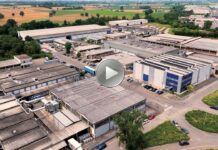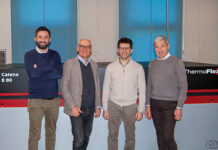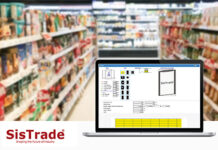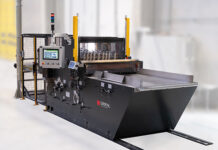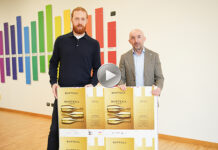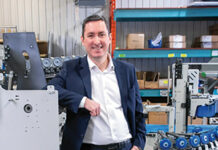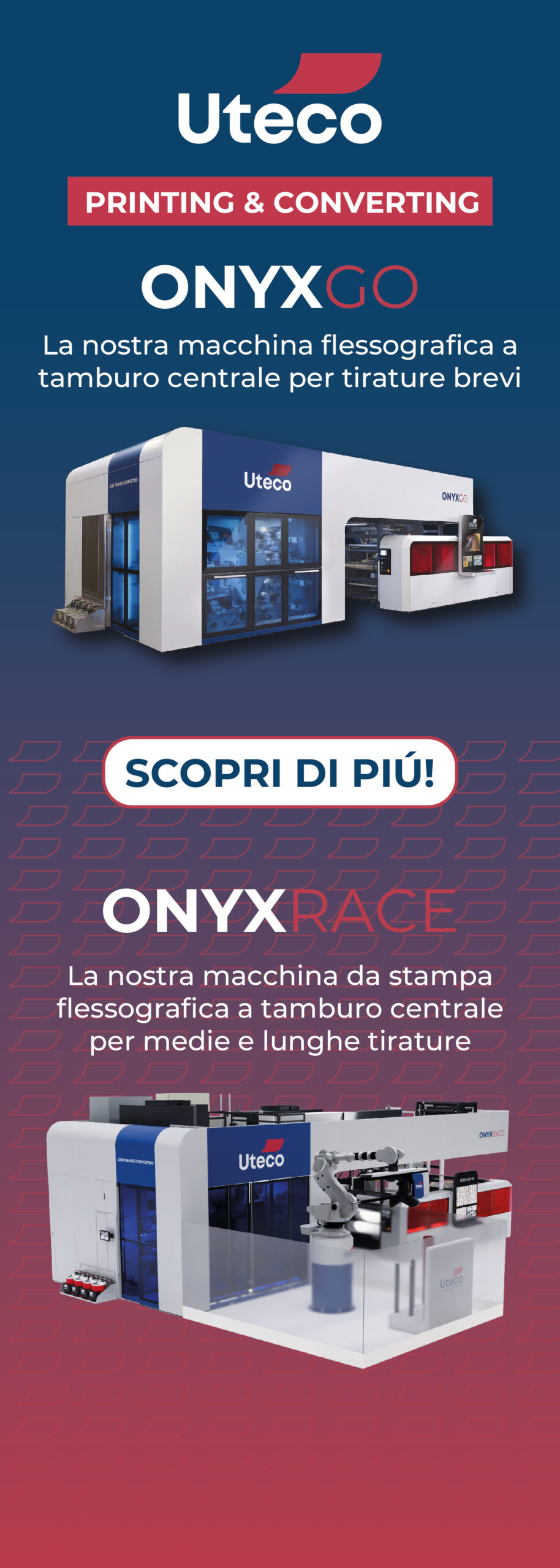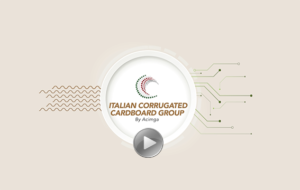 Corrugated paperboard is familiar to everyone. Main material for packaging production, it also has extensive uses in architecture, art, design. About a decade ago, a strong innovative drive combined the technologies of lines and machinery for paperboard with a complete automation towards predictive and self-learning systems; this modern technological evolution in an industry 4.0 perspective, great added value of the Made in Italy, needs to be widely spread today.
Corrugated paperboard is familiar to everyone. Main material for packaging production, it also has extensive uses in architecture, art, design. About a decade ago, a strong innovative drive combined the technologies of lines and machinery for paperboard with a complete automation towards predictive and self-learning systems; this modern technological evolution in an industry 4.0 perspective, great added value of the Made in Italy, needs to be widely spread today.
This are the premises from which in December 2020 the Italian Corrugated Cardboard Group was born within Acimga, bringing together the main Italian machine manufacturers in the industry, with the aim of promoting this printing technology involving all the players in the supply chain; carrying out dedicated training courses; setting up a technical workflow on national and European regulations which have an impact on the sector; discussing innovations for this technology; and organising an annual event collaborating with other associations and institutions.
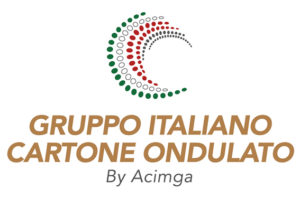 The green side of corrugated paperboard is undoubtedly one of the main elements of its success: produced exclusively with cellulose fibre and natural adhesives, corrugated paperboard is 100% recyclable because it is organically based and biodegradable. It’s also a virtuous example of circular economy: waste returns to the production cycle, making up between 80 and 89% of fibres which are necessary to produce new paperboard, guaranteeing the fibres’ life cycle and providing a valuable contribution to the economy. The remaining 20% consists of new virgin fibres because enriching recovered fibres that have lost part of their original resistance it’s necessary in order to restore their performance and maintain a constant high-quality standard.
The green side of corrugated paperboard is undoubtedly one of the main elements of its success: produced exclusively with cellulose fibre and natural adhesives, corrugated paperboard is 100% recyclable because it is organically based and biodegradable. It’s also a virtuous example of circular economy: waste returns to the production cycle, making up between 80 and 89% of fibres which are necessary to produce new paperboard, guaranteeing the fibres’ life cycle and providing a valuable contribution to the economy. The remaining 20% consists of new virgin fibres because enriching recovered fibres that have lost part of their original resistance it’s necessary in order to restore their performance and maintain a constant high-quality standard.
Those virgin fibres, contrary to cliches and popular beliefs are part of the same sustainable cycle of recovered fibres. Only 13% of the world’s wood harvest is used for paper. In addition, in Europe paper comes from managed semi-natural forests where the planting-growing-logging cycle is carefully controlled. Globally, the area under forest management certification has continued to increase in the last twenty years, from 18 million ha in 2000, to a current estimate which exceeds 500 million ha.
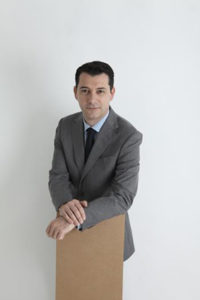
“Italy is a renowned worldwide excellence in the manufacturing of machines for corrugated paperboard production. – declares Alfio Brandi, Commercial Director of Fosber and Coordinator for the Italian Corrugated Cardboard Group by Acimga -. The specificity of the Italian market has provided an early technological and innovative boost to national companies, placing them at the top of the global scene. This is one of the main characteristics that, as manufacturers, we want to spread throughout the supply chain, both in Italy and abroad.”
“Italy is one of the main exporting countries for corrugated paperboard machineries. – adds Andrea Briganti, General Manager of Acimga -. In the last ten years export volumes have duplicated, and the trend shows no sign of stopping, with a forecast for 2023 that stands at over 100 million euros in value in exported machines. This trend is another reason why the creation of the Corrugated Cardboard Group is of strategic importance and gains high added value. I believe this Group will have a growing success”.

Acimga (Italian manufacturers association of machinery for the graphic, converting, and paper industry) is the association inside Confindustria representing printing manufacturers. Since 1947 it has been playing a key role for all printing, packaging, and converting technologies, for all applications and all materials. Acimga currently unites 82 associated companies representing over 60% of the total revenue for an industrial sector worth about
3 billion in turnover, 70% of which from exports. Italy is in the top 3 manufacturers for these machines globally (along with Germany and China) with its strengths being mechanical technologies, combined with the latest electronic innovations.





